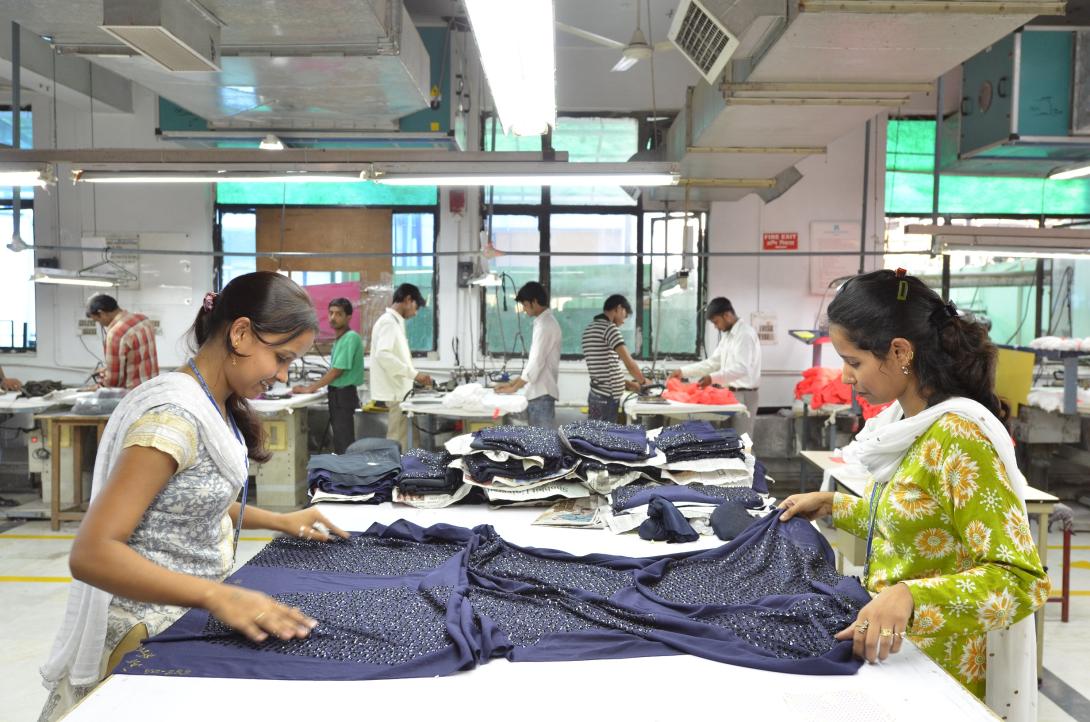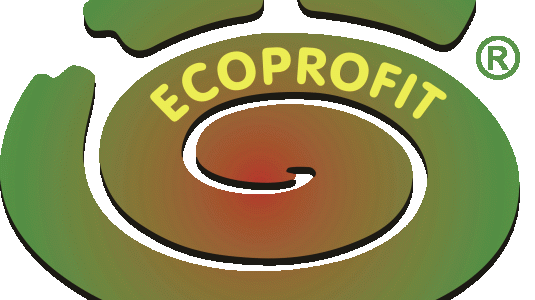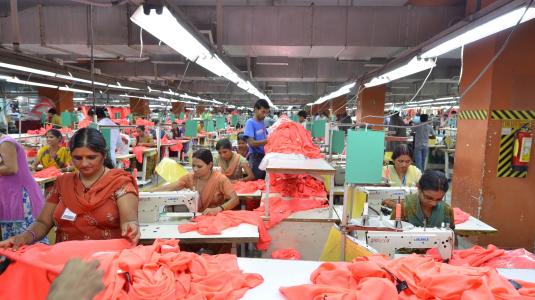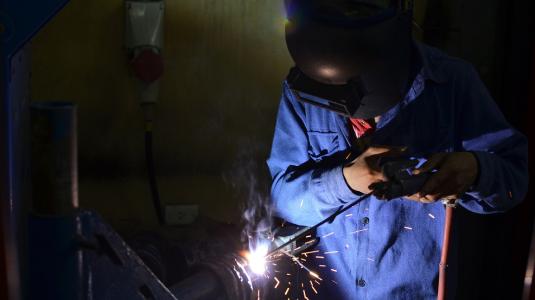Environment Friendly Techniques in Selected Industry Sectors

© GIZ, IGEP
The overall objective is to use environment friendly technologies and techniques is promoted in selected industry sectors, particularly from small and medium enterprises (SMEs). This core topic has a focus on textiles, and pulp and paper sectors.
Main features and components
The environment friendly techniques follow this approach:
- Current status and core issues to be addressed are assessed by taking up baseline surveys and situation analysis of the textiles, and pulp and paper industry sectors. Based on this, industries are identified in selected states and solutions implemented on demonstration basis, addressing the identified core issues.
- The experiences of the pilot examples are documented and their actual replication is targeted in different industries of the industry sector in different states.
- Stakeholder consultations are taken up throughout the project phase, and learnings and solutions are targeted to be incorporated into policies, planning processes and guidelines.
- Capacity building and knowledge management activities are undertaken simultaneously.
Implementation and work steps
In line with the adopted approach, IGEP takes up baseline survey and/or situation analysis to identify exact problems to be tackled in the selected industry sectors of textiles, and pulp and paper. Based on this, appropriate pilots are planned and implanted in these sectors in selected areas to demonstrate and generate knowledge on innovative and financially sustainable solutions.
The main pilot interventions include:
- Implementation of environment-friendly techniques in textiles industries in Narol Industrial Estate near Ahmedabad in Gujarat.
- Implementation of environment-friendly techniques in pulp and paper industries in Vapi Industrial Estate in Gujarat.
The supportive modules include implementation of Ecoprofit © measures in industries in selected areas in Andhra Pradesh and Delhi NCR, and in hotels/restaurants in Himachal Pradesh and Andhra Pradesh.
Stakeholders’ consultations are facilitated through workshops at national/state/local levels and information on environment friendly techniques is shared and exchanged. Policy dialogues will also be undertaken for development of nationally and locally relevant standards, rules and policies.
Building knowledge based on environmentally friendly techniques and the development of capacities at various levels underline all the above-mentioned activities.
Feedback from the pilot measures and practical experience will be guided into the formulation/review of policy guidelines (standards, rules, policies etc.) at national/state/local level.
Upscaling and replication of these demonstrated technologies and experiences is expected to take place under full responsibility of the partners. IGEP coaches the process and offers technical assistance if required. The programme also advises on how to monitor the impact of the up-scaled development measure.
Output
- Innovative techniques/technologies that are financially sustainable are demonstrated for environmental improvement and resource (energy, materials, waste, and emissions) efficiency in textiles, and pulp and paper industry sectors.
- Experiences of the pilot examples are documented and the actual replication is promoted in different industrial areas of different states.
- Reference documents are developed and the national- and state-level actors are supported in the integration of learnings and solutions for promoting sustainable environmental improvements in textiles, and pulp and paper sectors in India.
- Capacity building and institutional strengthening measures are undertaken for identified institutions/ stakeholders.
Useful links
Downloads
Characteristics
Phase of intervention
Designing SIA, Technical infrastructure, Operating SIA, Resource efficiency
Level of intervention
Company, Park management
Regions
Asia
Countries
India
Target groups
Company, SME, Industrial area management and operator, Policy makers
GIZ project
Sustainable environment-friendly industrial production (SEIP II) in India


